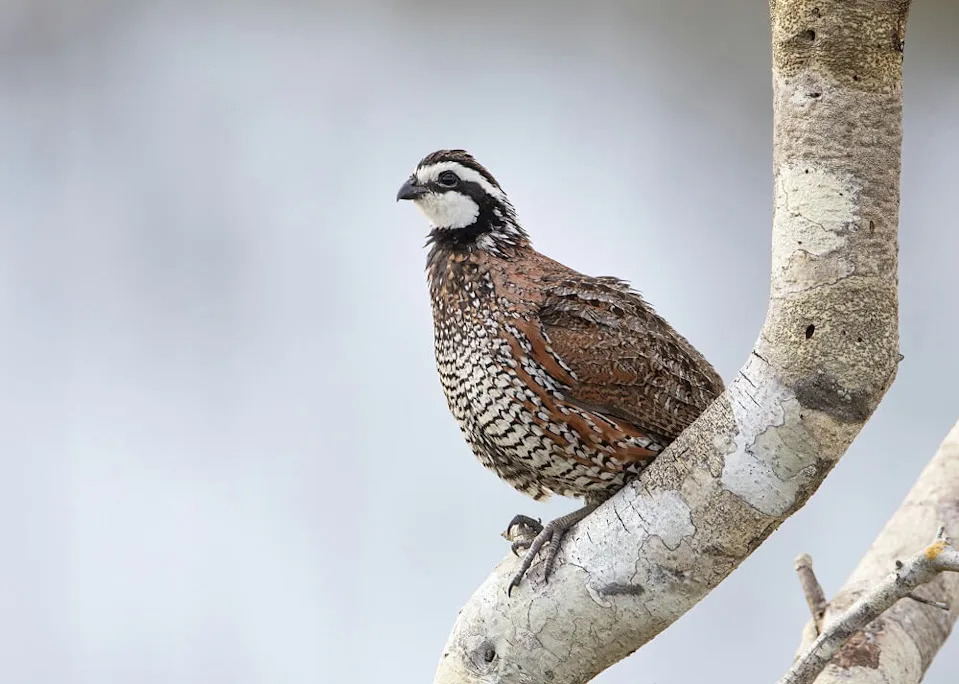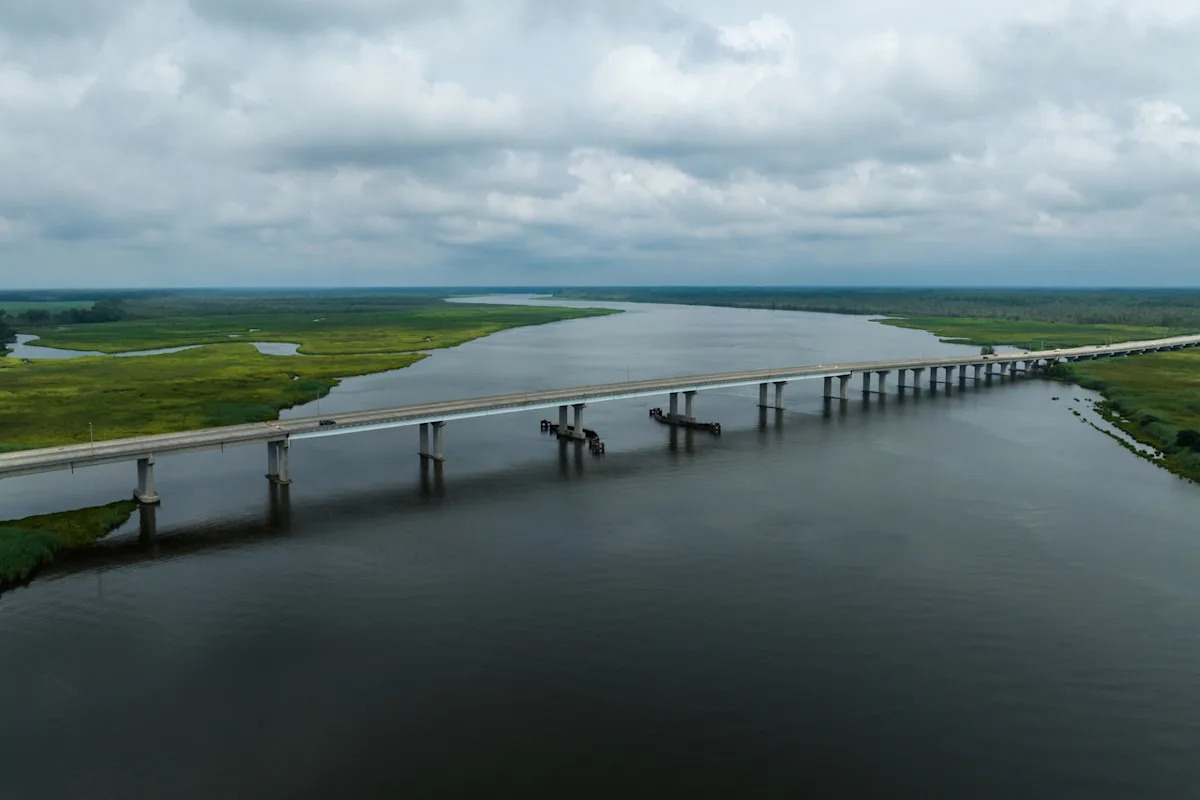The softball-sized bobwhite quail population has quadrupled in Maryland’s Nanticoke River Wildlife Management Area over the past four years, reported Maryland’s Department of Natural Resources.
The birds, famous for their distinctive “poor, bob-white” morning calls, had nearly vanished from Maryland after declining more than 90% since the 1950s, per Maryland’s DNR.

Photo Credit: iStock
In 2009, Wildlife and Heritage Service staff began rebuilding the landscape. They converted former agricultural fields into bunch grasses and planted native forbs that now serve as nesting spots for quail families. The team also cleared 60 acres of forest in 2017, allowing shrubs and low-growing plants to return.
These habitat improvements help more than just quail. Wild turkeys and many declining songbird species now have better access to food and shelter. The restoration creates what scientists call early successional habitat, which mimics the natural forest growth that happens after wildfires.
However, these species comebacks aren’t just sights for sore birdwatchers’ eyes. For you and your community, healthy quail populations signal a balanced ecosystem that supports diverse wildlife. These birds control insect populations naturally, reducing the need for toxic pest control methods that harm people and the environment.
The numbers tell an impressive story. Fall surveys reported by Maryland’s DNR show quail density jumped from roughly one bird per 10 acres between 2017 and 2020 to four birds per 10 acres between 2021 and 2024.
Watch now: Giant snails invading New York City?
According to Maryland’s DNR, staff use prescribed fires and precision agriculture techniques to maintain the habitat. Farmers can now identify low-performing spots in their corn or soybean fields and convert them into high-performing wildlife habitats instead.
“It takes habitat, and habitat takes work,” said Chesapeake Bay Chapter of Quail Forever Officer John Brader on the collaborative effort between public agencies and private landowners.
Bob Long, the department’s Wild Turkey and Upland Game Bird Project Manager, leads these restoration efforts across Maryland, per the state’s DNR. His team works with private property owners to create quail-friendly improvements on their land, too.
The success at Nanticoke isn’t happening in isolation. Similar restoration projects are underway at Brown’s Branch in Queen Anne’s County and Cypress Branch State Park in Kent County, where Washington College partners with state agencies to establish quail habitat on former farmland.
Join our free newsletter for good news and useful tips, and don’t miss this cool list of easy ways to help yourself while helping the planet.
